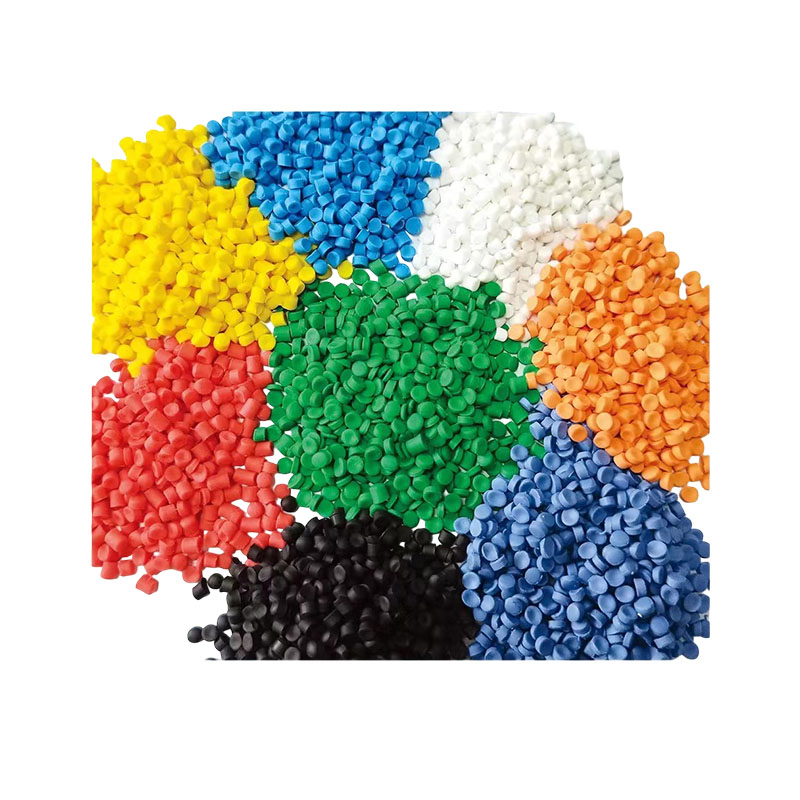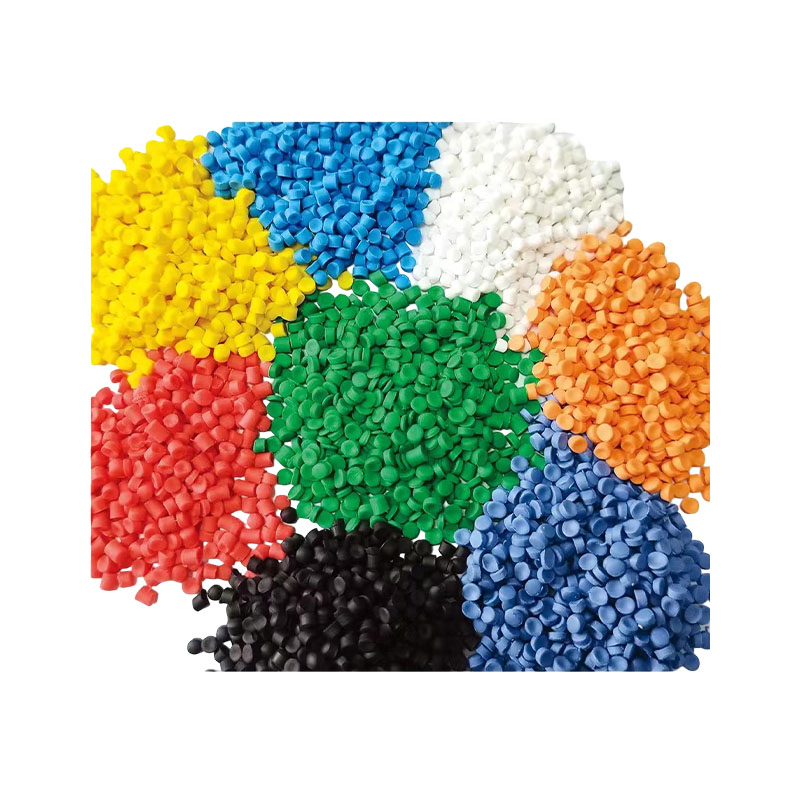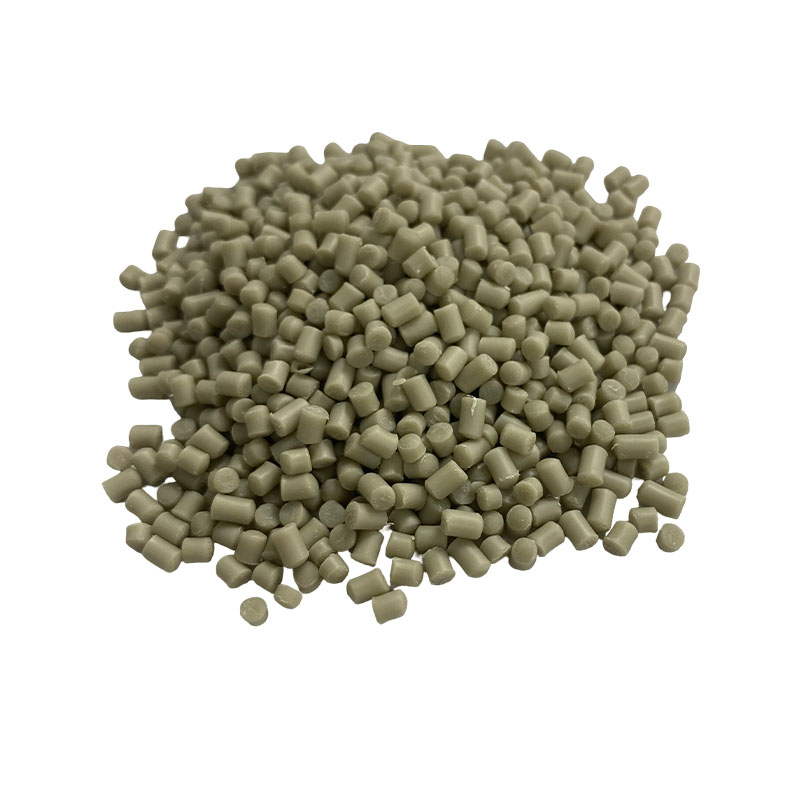Why has thermoplastic low smoke halogen-free flame retardant cable material become the preferred material in the modern cable industry?
Release Time : 2025-06-02
In the current wire and cable industry, safety, environmental protection and performance have become the core considerations for product design and material selection. With the continuous improvement of fire safety standards, traditional halogen-containing flame retardant materials are gradually eliminated by the market due to the release of toxic gases and thick smoke during combustion. Thermoplastic low smoke halogen-free flame retardant cable material is widely used in power cables, communication cables, control cables, marine cables and other fields due to its excellent flame retardant properties, good mechanical properties and excellent processing stability, becoming an ideal choice for a new generation of high-performance environmentally friendly cable materials.
First of all, thermoplastic low smoke halogen-free flame retardant cable material has excellent safety performance. The material produces almost no toxic gas during combustion and has extremely low smoke production, which meets the strict industry standards for fire safety in modern buildings, rail transit, ships, etc. Its oxygen index reaches more than 32, far exceeding the flame retardant level of ordinary materials. It can quickly extinguish itself after the fire source is evacuated, effectively curbing the spread of fire and buying precious time for personnel evacuation and fire rescue.
Secondly, this type of cable material has good temperature resistance and mechanical strength. Its long-term use temperature can reach 90°C, which meets the operation requirements of most industrial and civil cables. At the same time, the material has excellent tensile, tear and wear resistance, can withstand certain external force impact, and still maintain structural stability in complex environments. It is not easy to age or crack, ensuring the reliability and safety of the cable in long-term operation.
Furthermore, from the processing point of view, thermoplastic low smoke halogen-free flame retardant cable material shows obvious process advantages. The material adopts internal mixer mixing and compression, twin-screw plasticizing extrusion granulation process, so that the components are fully mixed and evenly dispersed, thereby ensuring the consistency and stability of the finished product performance. In the actual extrusion process, the material has good fluidity, less slag accumulation at the die mouth, and the surface of the finished cable is smooth and flat, which not only improves production efficiency, but also reduces subsequent rework and scrap rate.
In addition, this type of cable material also has excellent crack resistance and long-term stability. In practical applications, cables often need to undergo a variety of environmental tests such as bending, stretching, and hot and cold cycles. Thermoplastic low smoke halogen-free flame retardant cable material has been optimized and designed to maintain flexibility and structural integrity under a variety of harsh conditions, avoiding cracking or failure caused by stress concentration, and greatly extending the service life of the cable.
It is worth mentioning that this material can be used as a sheath layer for various types of cables and has a wide range of applications. Whether it is used for internal wiring in buildings, subway tunnel lighting systems, ship electrical equipment, or communication lines in high-end data centers, thermoplastic low smoke halogen-free flame retardant cable material can provide a reliable protective barrier that takes into account functionality and environmental protection.
In summary, thermoplastic low smoke halogen-free flame retardant cable material is gradually replacing traditional halogen-containing materials with its excellent flame retardant properties, stable mechanical performance, good processing adaptability, and outstanding environmental protection characteristics, and has become the mainstream choice in the field of modern cable manufacturing. It not only meets the increasingly stringent fire safety regulations, but also provides users with higher quality and longer life cable solutions. In the future, under the general trend of green manufacturing and sustainable development, thermoplastic low smoke halogen-free flame retardant cable material will undoubtedly play a more important role and promote the entire cable industry to a safer and more environmentally friendly new stage.
First of all, thermoplastic low smoke halogen-free flame retardant cable material has excellent safety performance. The material produces almost no toxic gas during combustion and has extremely low smoke production, which meets the strict industry standards for fire safety in modern buildings, rail transit, ships, etc. Its oxygen index reaches more than 32, far exceeding the flame retardant level of ordinary materials. It can quickly extinguish itself after the fire source is evacuated, effectively curbing the spread of fire and buying precious time for personnel evacuation and fire rescue.
Secondly, this type of cable material has good temperature resistance and mechanical strength. Its long-term use temperature can reach 90°C, which meets the operation requirements of most industrial and civil cables. At the same time, the material has excellent tensile, tear and wear resistance, can withstand certain external force impact, and still maintain structural stability in complex environments. It is not easy to age or crack, ensuring the reliability and safety of the cable in long-term operation.
Furthermore, from the processing point of view, thermoplastic low smoke halogen-free flame retardant cable material shows obvious process advantages. The material adopts internal mixer mixing and compression, twin-screw plasticizing extrusion granulation process, so that the components are fully mixed and evenly dispersed, thereby ensuring the consistency and stability of the finished product performance. In the actual extrusion process, the material has good fluidity, less slag accumulation at the die mouth, and the surface of the finished cable is smooth and flat, which not only improves production efficiency, but also reduces subsequent rework and scrap rate.
In addition, this type of cable material also has excellent crack resistance and long-term stability. In practical applications, cables often need to undergo a variety of environmental tests such as bending, stretching, and hot and cold cycles. Thermoplastic low smoke halogen-free flame retardant cable material has been optimized and designed to maintain flexibility and structural integrity under a variety of harsh conditions, avoiding cracking or failure caused by stress concentration, and greatly extending the service life of the cable.
It is worth mentioning that this material can be used as a sheath layer for various types of cables and has a wide range of applications. Whether it is used for internal wiring in buildings, subway tunnel lighting systems, ship electrical equipment, or communication lines in high-end data centers, thermoplastic low smoke halogen-free flame retardant cable material can provide a reliable protective barrier that takes into account functionality and environmental protection.
In summary, thermoplastic low smoke halogen-free flame retardant cable material is gradually replacing traditional halogen-containing materials with its excellent flame retardant properties, stable mechanical performance, good processing adaptability, and outstanding environmental protection characteristics, and has become the mainstream choice in the field of modern cable manufacturing. It not only meets the increasingly stringent fire safety regulations, but also provides users with higher quality and longer life cable solutions. In the future, under the general trend of green manufacturing and sustainable development, thermoplastic low smoke halogen-free flame retardant cable material will undoubtedly play a more important role and promote the entire cable industry to a safer and more environmentally friendly new stage.







